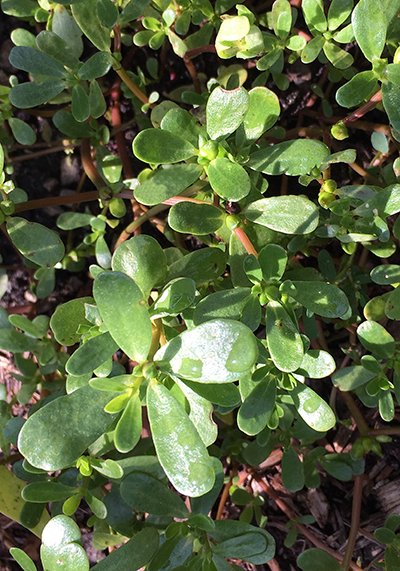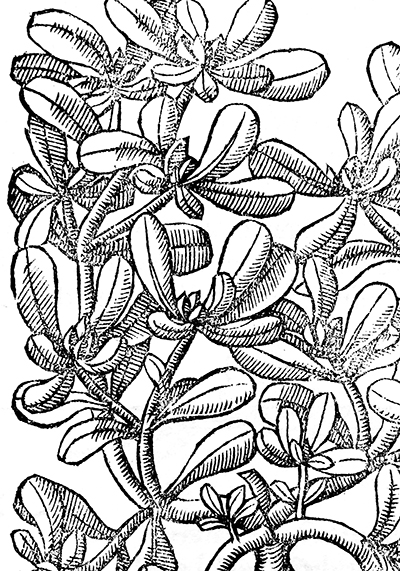An article in the August 2019 issue of The English Garden has me longing to visit England this fall. Titled “Dazzling Dahlias,” it recommends five spectacular gardens that showcase dahlias in very different ways.

Garden taste-maker Sarah Raven’s garden at Perch Hill (pictured here) is filled with dahlias, especially in the cutting garden, as are the gardens at the National Trust’s Anglesey Abbey where “sweeping borders [are] filled with more than 70 varieties” and Valley Gardens where the 17 acres of park and woodland may be impressive but “the highlight is the incredible dahlia garden, filled with thousands of these gorgeous blooms.”
Sounding even more interesting to me, though, is Cambo Estate Walled Garden in Fife where “instead of neat serried rows” of dahlias they’re “part of a more naturalistic scheme, creating a brilliant summer display in these Oudoulf-inspired gardens.”
And the garden I most want to visit is at Rousham House, the site of one of England’s most important historic landscapes, designed nearly 300 years ago by William Kent, the man who “leaped the fence, and saw that all nature was a garden.” Kent had nothing to do with the dahlias, which came much later, but Rousham’s “magnificent dahlia border is unusual in that it recycles the same 500 tubers that first flourished when the bed was created in 1946.”
If you go to any of these special gardens, please send us some pictures! (And if you're feeling inspired, feel free to order a few of our dazzling heirloom dahlias now for delivery at planting time next spring.)





















